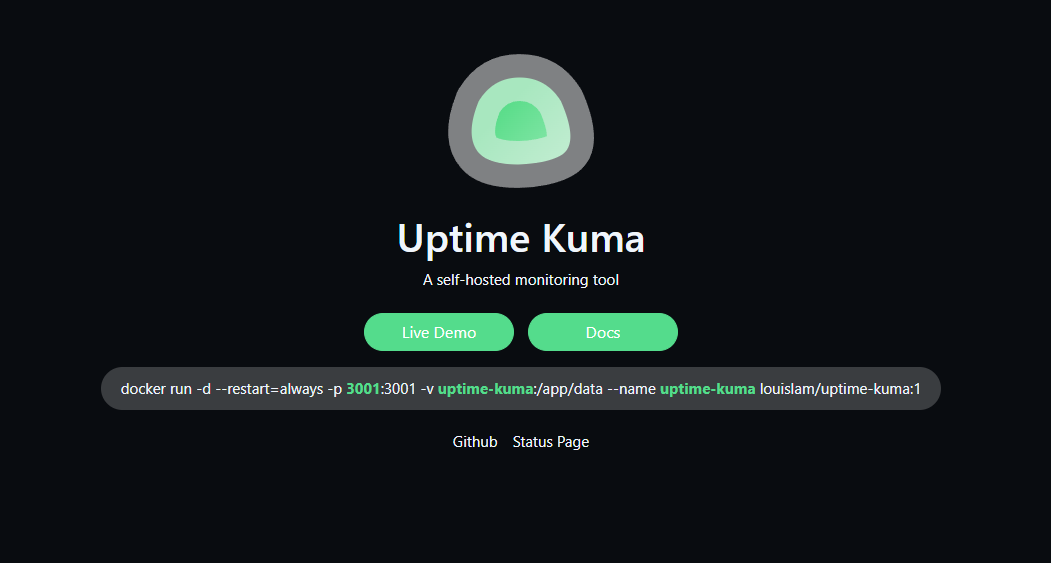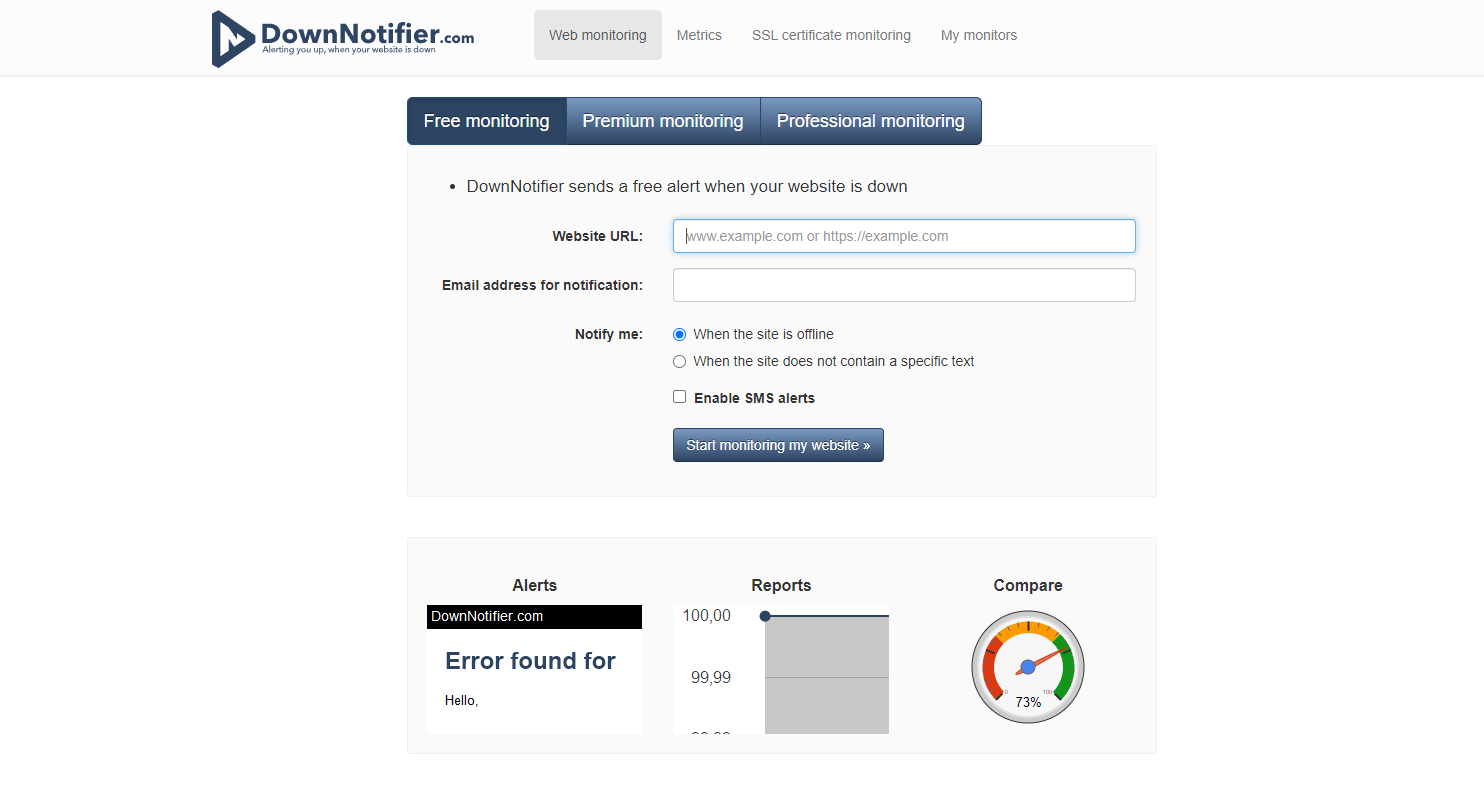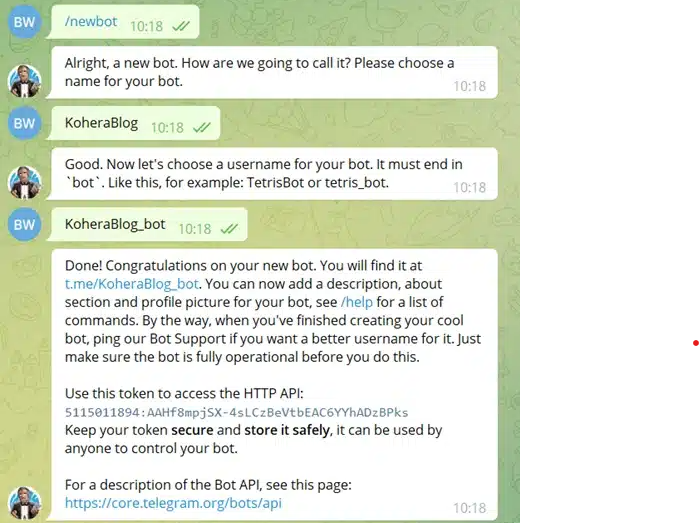
Website monitoring tools play an important role for website owners, acting as the eyes and ears for website owners and administrators. In the fast-paced online world, where downtime or performance issues can lead to significant revenue loss and tarnished reputations, these tools are indispensable.
Firstly, website monitoring tools provide real-time insights into a site’s performance, availability, and responsiveness. By continuously monitoring server response times, uptime, and page loading speeds, they promptly detect any glitches or outages, allowing immediate remedial actions to be taken. This proactive approach ensures minimal disruption to users, enhancing customer experience and loyalty.
Secondly, these tools enable website owners to stay ahead of potential problems. By identifying bottlenecks, traffic spikes, or security threats, they empower administrators to optimize resources, fine-tune website configurations, and fortify cybersecurity measures. This not only boosts site performance but also ensures the safeguarding of sensitive data and user information.
Here are some tools you can use to monitor your website if you don’t want to use Uptime Robot.
1. AlertBot
AlertBot is a website monitoring tool that offers advanced features that are easy to use for testing your websites, web applications, servers and API’s. They provide detailed reports that help pinpoint website problems and identify bottlenecks so you can act quickly.
Key Features:
- It is simple, intuitive, and easy to setup with great customer support.
- It offers a real browser transaction web recorder to simulate multi-step user interactions like shopping carts, form, logins and other processes.
- You receive detailed summary reports in email.
- They offer fast alerting via SMS text, email, or phone call.
- They offer global testing from 100+ locations.

2. Supermonitoring

SuperMonitoring presents a simplified solution tailored for users seeking fundamental uptime functionality. While it may lack certain distinctive capabilities of UptimeRobot, its unwavering focus on a single task positions it prominently within its niche, delivering one of the finest uptime monitoring services to users.
Key attributes to consider include:
- Identification of failures and their characteristics.
- Detection of unauthorized modifications.
- Evaluation of response time, overall website performance, and page loading speed.
- Execution of client-defined scenario-based tests.
- Assessment of essential web metrics for the website.
- Verification of domain health and SSL certificate status.
Furthermore, the platform offers prompt alerts through email or SMS (although it regrettably doesn’t support popular communication channels such as Slack or Telegram). Additionally, users can establish public status pages, which, despite their potential simplicity and outdated appearance, remain functional solutions.
Regarding pricing, the structure is somewhat intricate due to the platform’s supplementary charges for SMS notifications. Customers are required to purchase SMS credits, with pricing variations based on the country. Consequently, the ultimate cost is heavily influenced by individual requirements.
3. Uptime Kuma

Uptime Kuma stands as a collaborative open-source endeavor nurtured by a community of enthusiastic contributors united on GitHub. The project’s inception traces back to 2019 when Muhammad Mustadi, an adept software engineer hailing from Indonesia, crafted the initial iteration of Uptime Kuma.
From that point onwards, Uptime Kuma has garnered substantial favor within the realm of developers and system administrators, emerging as a dependable and user-friendly monitoring solution tailored for websites, APIs, and services. The project is governed by the MIT License, thereby granting carte blanche for anyone to harness, adapt, and distribute it without charge.
The Uptime Kuma community thrives with ceaseless energy, extending an open invitation to developers worldwide to enrich the project with their insights. To partake in this effort or to seek elucidation, one can readily explore the Uptime Kuma GitHub repository or immerse themselves in the Uptime Kuma Discord channel.
Uptime Kuma wields the capacity to oversee diverse applications, databases, and services, encompassing a spectrum that encompasses: HTTP(s), TCP Port, Ping, gRPC(s), DNS, Docker Container, Push, Steam Game Server, GameDig, MQTT, Microsoft SQL Server, PostgreSQL, MySQL/MariaDB, MongoDB, RADIUS, Redis.
Amid this expansive repertoire of monitorable services, Uptime Kuma unfurls a tapestry of additional compelling features. These encompass an elegant, responsive UI/UX design, modern notifications, a 20-second monitoring cadence, customizable status pages, the ability to align status pages with specific domains, a ping chart, certificate insights, and support for proxy functionality. Remarkably, it even embraces two-factor authentication for heightened security during logins.
Envisaging the Uptime Kuma dashboard, a snapshot of operational insights comes to life, facilitating informed decisions.
Streamlining the installation and upkeep, the open-source marvel seamlessly integrates as a Docker container. Embarking on the journey with Uptime Kuma demands but a few fleeting seconds. The Dockerized deployment equally simplifies the update process, permitting the fetching of the latest container iteration to seamlessly refresh the application. This stands true whether your data assumes residence as a steadfast mount on your Docker host or as a persistent volume claim within your Kubernetes cluster.
4. Down Notifier

Down Notifier stands as an alternative to UptimeRobot, catering to those who prefer straightforward, focused solutions that prove remarkably effective. Particularly suitable for solopreneurs, hobbyists, and small teams, this platform excels at providing essential features. If your requirement is limited to monitoring website availability and receiving outage notifications, without the need for intricate status pages for end-users, Down Notifier emerges as the ideal choice.
Its toolkit encompasses uptime and SSL certificate monitoring, offering a graphical overview of team-collected data integrated with the platform through APIs. It also enables the establishment of performance analysis limits for your metrics.
The platform’s prime advantage lies in its exceptionally competitive pricing within the industry. The platform boasts three main plans:
- Free Plan: By simply providing your email address and a website link, you can access the basic functionality. The platform will conduct availability checks every ten minutes and notify you via email or phone in case of downtime.
- Premium Plan: Priced at just $14.95 per year, this plan offers the capability to monitor ten websites every minute. It supports alerts for multiple recipients and facilitates the creation of comprehensive reports.
- Professional Plan: This tier, costing $99 annually, elevates the experience. Users can monitor up to 25 websites at impressively swift 20-second intervals. Notifications extend to WhatsApp, and a seven-day archive of complete monitoring logs becomes accessible.
Notably, the platform extends volume discounts for those needing to monitor hundreds or even thousands of websites.
5. Use a Telegram bot
If you are a Telegram user, this could be one of the best solutions, although it can involve a bit more work if you do it in a custom way. The obvious advantage to such a solution is that it sends you notifications at the place you are the most responsive, which is messaging on your phone. However, there are two ways you could to this.
To do it the hard way, you can create your own bot with the help of the “Bothfather“, a Telegram bot that helps you with the creation of custom bots. There is a quite comprehensive walkthrough of this on this article.

Another way to get this functionality is to use an existing bot that will ping your server and let you know whether it’s alive or not. Of course, this is much more simple and limited in terms of features compared to other tools in this list, but it can still prove useful for smaller websites.
Ping Bot will do just that, a very simple check of a server regularly, with a status message sent to you on Telegram whenever things go wrong.
6. Website Pulse

WebsitePulse emerges as a robust contender among UptimeRobot alternatives, boasting an array of comprehensive functionalities:
- Monitoring of Servers
- Website and Webpage Monitoring
- Web Transaction Monitoring
- SSL Certificate Monitoring
- Vulnerability Monitoring
- Blacklist Monitoring
- Email Round-Trip and Custom Monitoring
Moreover, the platform encompasses the following offerings:
- Alerts designed to swiftly identify malfunctions, enabling timely rectification.
- Reporting for error detection and verification, enhancing overall system performance.
- Speed and performance testing based on specific criteria.
However, if your focus is solely on uptime monitoring and incident reporting, WebsitePulse might not be the optimal choice due to its intricate and slightly overwhelming nature. Utilizing it might demand specialized skills and a significant investment of time to achieve desired outcomes. Nevertheless, if your requirements extend to gaining enhanced control over your website ecosystem, particularly internal units and devices, WebsitePulse stands as a premier alternative to UptimeRobot.
In terms of pricing, the platform adopts a non-traditional approach, offering flexibility by allowing teams to select and pay for specific services. While this flexibility is advantageous, determining the final cost can be intricate due to the per-service pricing structure, potentially leading to unforeseen expenses.
Consequently, a comprehensive evaluation is crucial to gauge its suitability for your needs and to anticipate potential costs.
Conclusion
In conclusion, website monitoring tools are indispensable for website owners who seek to provide seamless user experiences, protect their online assets, and make informed business decisions. By enabling swift issue resolution, optimization, and data-driven strategies, these tools form the backbone of a successful and resilient online presence in today’s competitive digital landscape.

